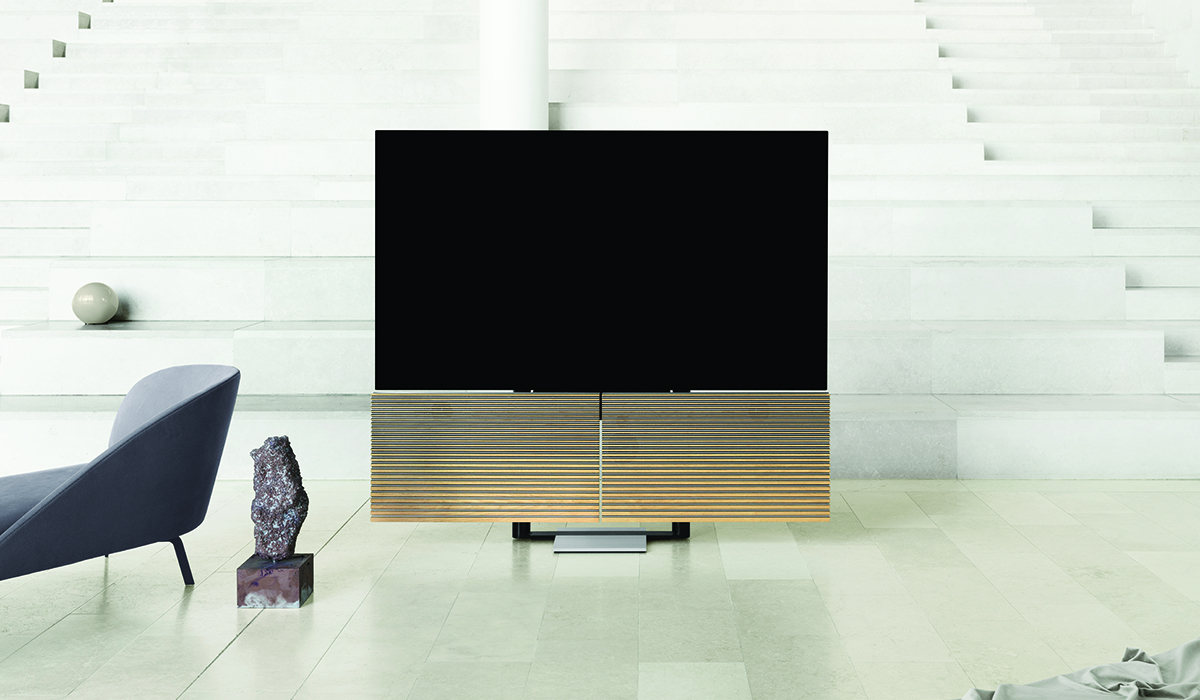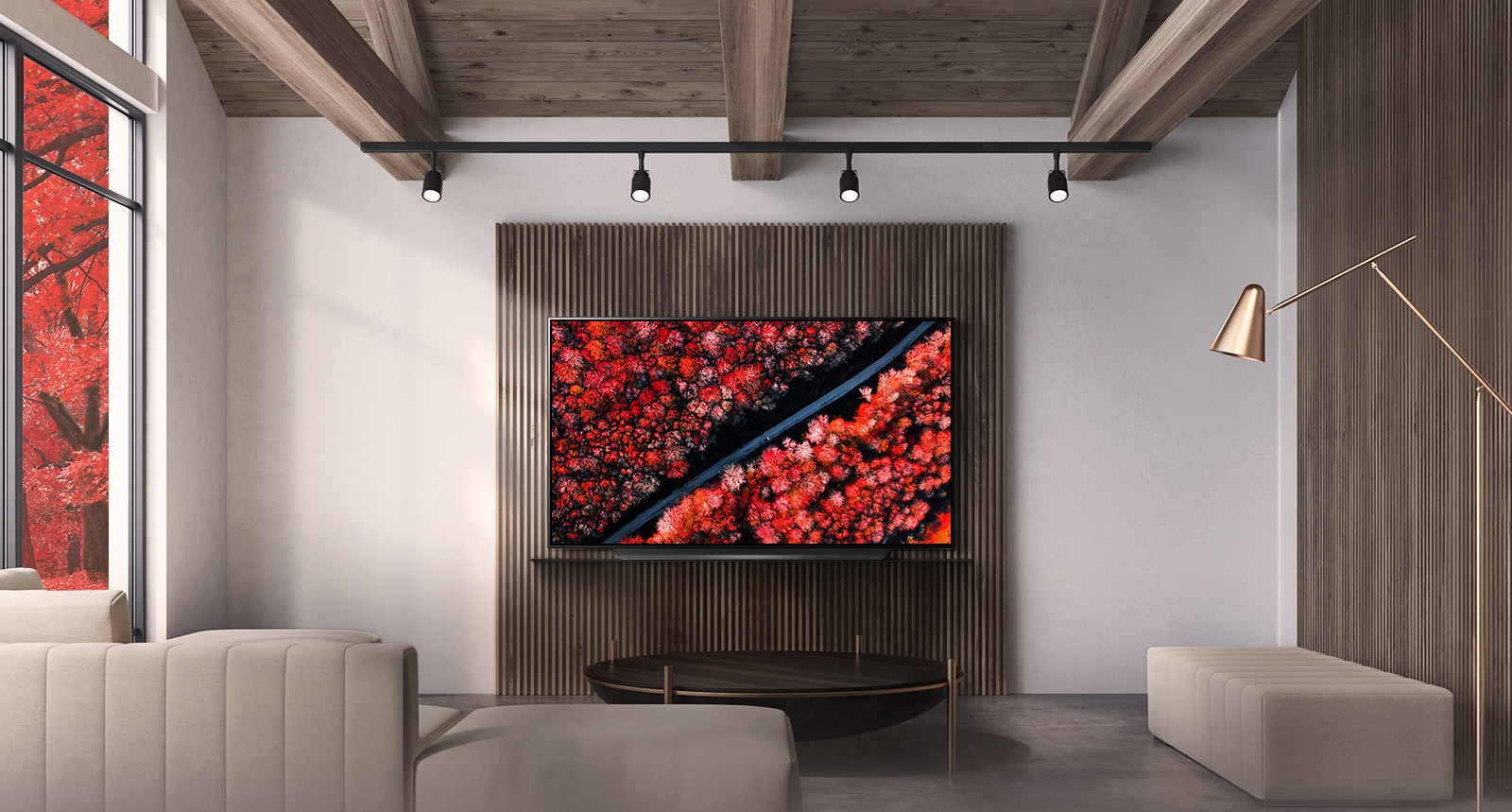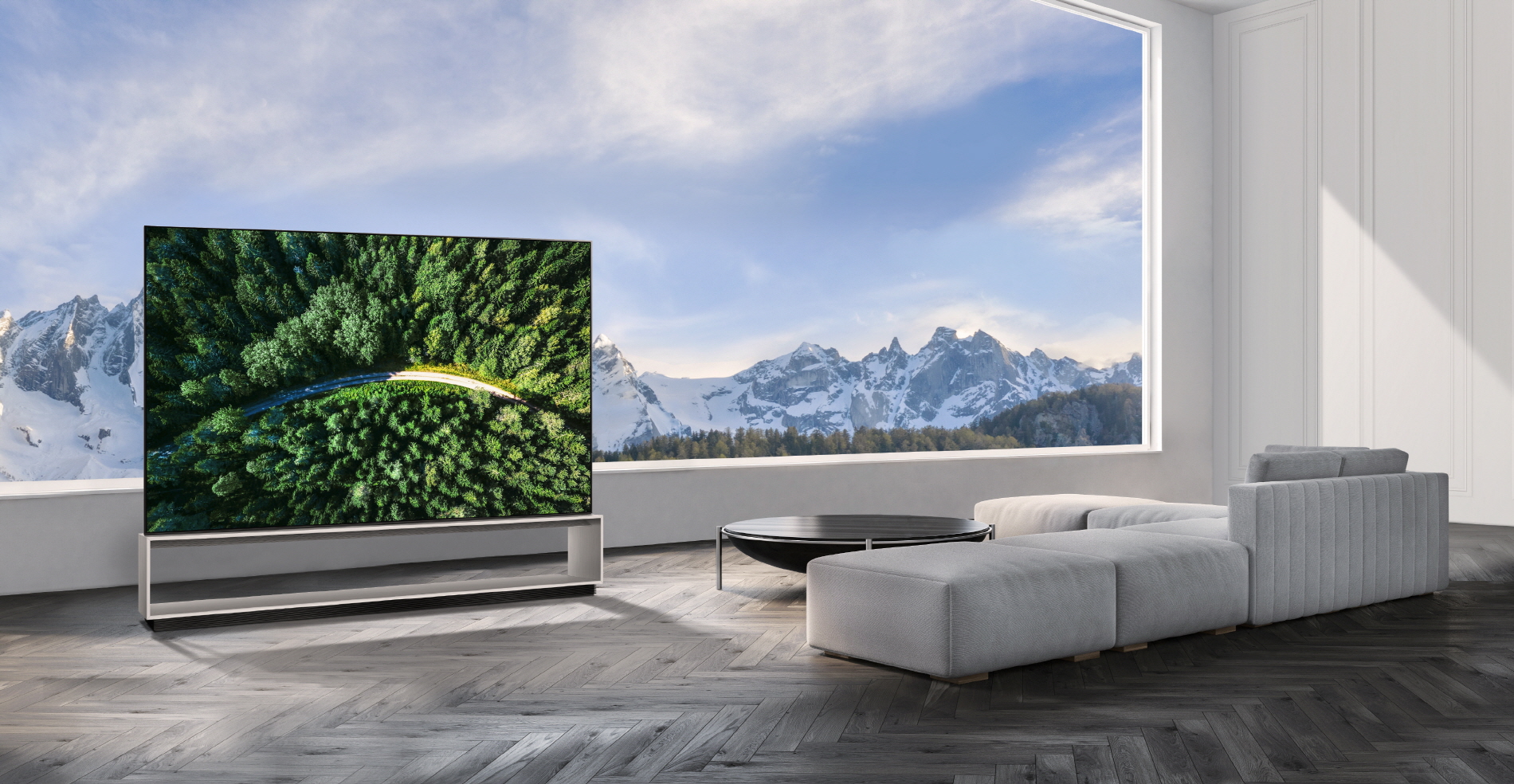As the key item in every home entertainment system, considerable thought needs to go into selecting a TV set that best complements your home. Screen size and resolution form the basis for things you should take note of before buying your TV. For screen size, consider your overall room space and the distance where viewers will be seated. Choose a TV size that allows you to watch comfortably, without it being too overwhelming or tiring for the eyes (if you have to squint).
Your viewing experience heavily depends on your screen resolution. You would not want pixelated resolutions that will negatively impact your use. For clearer and more detailed images, go for the 4K Ultra HD resolution that is only just slightly smaller than cinema resolution of 3840 x 2160.

Image courtesy of Samsung
Understanding Your TV Models
LED
Backlit by an array of LEDs (light-emitting diodes), LED TVs are capable of a wider colour range and better contrast. A cheap and well-loved option is the Vizio P Series Quantum X 2019.
QLED
Translated to Quantum dot LED screen, QLED technology works by placing a layer or film on quantum dots in front of a regular LED backlight panel. This allows the brightest possible display and most accurate coloured imagery for your TV. One of the most popular TVs in this category is the Samsung Q90R.
OLED
OLED stands for “organic light-emitting diode”. In simpler terms, this means that every single pixel that makes up the images on the screen illuminates. When the television is switched on, millions of thin, flexible and incredibly small diodes light up to create the viewing experience. LG’s OLED TV is an example of persistent innovation at its finest, with striking contrast that shows perfect blacks, realistic colours and the potential for thinness and flexibility.

NanoCell
NanoCell televisions, developed by LG, are the most advanced form of LED televisions. They offer
stellar picture quality, vibrant images, accurate colours and wider viewing angles, all in a sleek
package with ultra-thin bezels.
4K
4K resolution – which is around 4,000 pixels – is one of the most common resolutions in digital television and cinematography. Clearer pictures made up of more pixels create images that are crisper and capable of showing more details. All three of the popular models recommended above come with 4K resolution.
8K
8K resolution – which is around 8,000 pixels – is currently the highest definition in digital television
and cinematography. LG’s TVs are the first in the world to exceed the strict requirements established
by the Consumer Technology Association to define the new generation of 8K Ultra HD products and
services, delivering four times more detail than 4K TV and 16 times more than HDTV. The world’s first
OLED 8K TV, the LG SIGNATURE OLED 8K (88Z9), launched in Singapore in 2019.

Image courtesy of LG
This was adapted from an article originally published in the 2020 issue of Key To Your Home.



